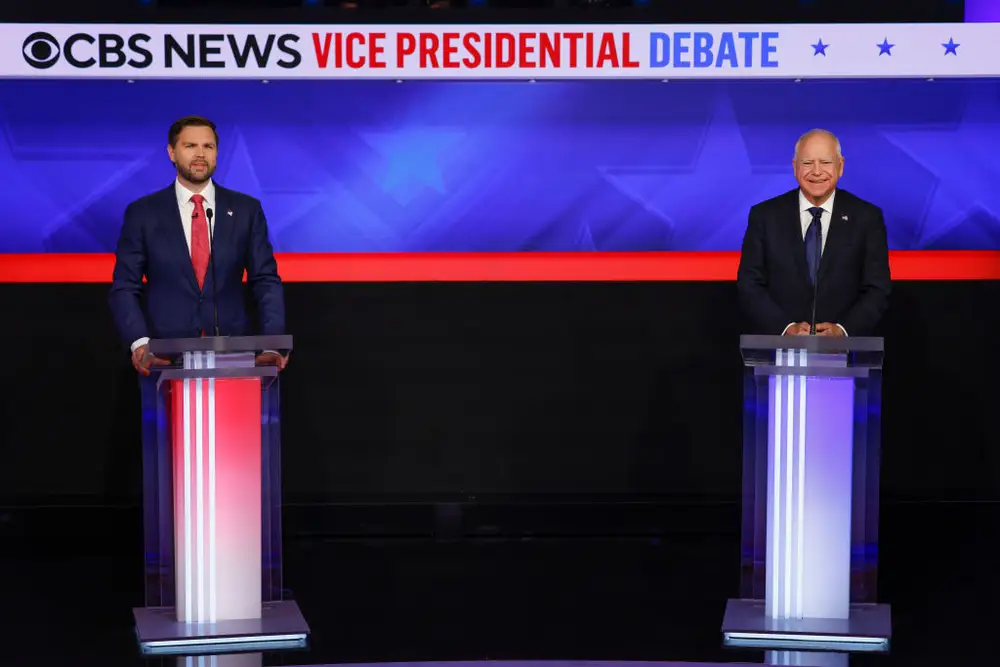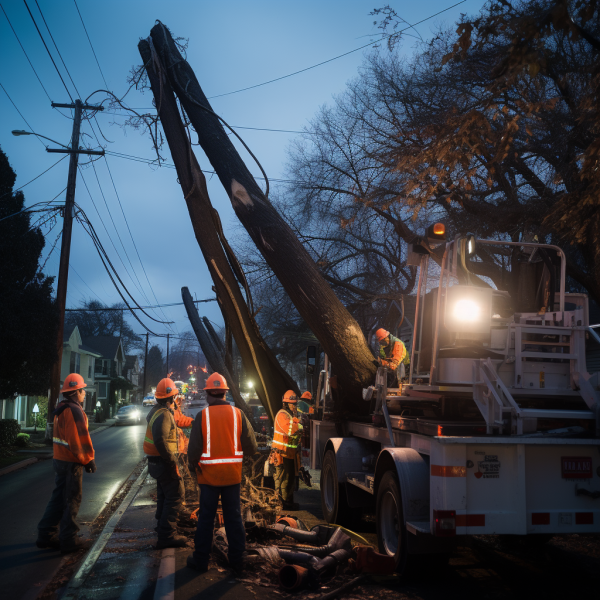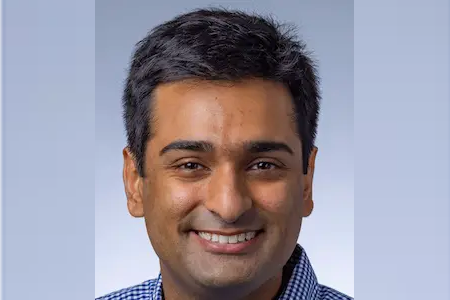JD Vance’s debate performance helped rehab his image, but being ‘Minnesota nice’ worked against Tim Walz, campaign experts say

On debate night, JD Vance started from a disadvantage and had to rehabilitate his image — which he did well, experts told B-17.
On debate night, Sen. JD Vance of Ohio faced off against Minnesota Gov. Tim Walz in the pair’s only debate of their vice presidential campaigns.
While overall Vance came off as sharper and appeared more polished than Walz did, political scientists and strategic communications experts told B-17 he was starting from behind.
“I think if anything, JD Vance demonstrated that he is a very capable debater, and a much more experienced debater, so if anything, he came off better — but he’s the one that had reputation damage and needed to rebuild and reestablish that with the public and to show that he was a good choice as a VP candidate,” Benjamin Radd, Political Scientist at UCLA and Senior Fellow at the UCLA Burkle Center for International Relations, told B-17.
Vance has been repeatedly embroiled in controversy throughout the campaign. He has been forced to defend 2021 remarks in which he called Democratic leaders “childless cat ladies,” faced criticism for an awkward doughnut shop visit, and repeatedly had to backtrack on his previous stance as a “Never Trumper” who once described his running mate as “America’s Hitler.”
According to polling, Vance has become one of the least-liked vice presidential candidates in history.
“So I think he had a lot more to gain and a lot more to lose, whereas Walz really didn’t,” Radd said.
Crystal Bui, CEO of Spotlight Communications Group, a strategic communications firm that works with politicians on both sides of the aisle, told B-17 that Vance’s goal to rehabilitate his image was perhaps made easier by Walz’s comparative weakness on the debate stage.
“While Walz was prepared to answer the moderators’ questions, drawing from his experience as governor during the pandemic and after George Floyd’s killing, he wasn’t ready to spar,” Bui said, adding: “This is where ‘Minnesota nice’ worked against him.”
Bui said Walz stumbled right out of the gate when the first question was about foreign policy. Vance capitalized on the moment, showing off his biography before turning the tables back on the Harris-Walz campaign and harshly criticizing Vice President Kamala Harris’ foreign policy record as a member of President Joe Biden’s administration.
The vice presidential debate is likely the last major debate of the campaign, as the presidential nominees haven’t agreed to a second appearance after their September 10 face-off. In this key appearance just over a month before the election, Walz had the opportunity to hit back against the Trump-Vance ticket but was sometimes slow to respond to pointed remarks or inaccuracies from his rival.
Instead, he and Vance were remarkably cordial during the debate, often agreeing with each other in an apparent bid to appeal to undecided voters. Bui said this may have helped Vance, who used more covert language to position himself over Walz.
“Vance’s casual use of ‘Tim’ when addressing Walz subtly diminished Walz’s authority, creating an impression of informality that worked in Vance’s favor,” Bui said. “Vance was a student calling the teacher by his first name.”
And while their debate performances will be subject to scrutiny over the coming days, both Radd and Susan McWilliams Barndt, professor of politics at Pomona College, told B-17 it’s unlikely the event swayed anyone toward either candidate.
“Going in, I thought this debate might be a game changer — because anything in this close election might be a game changer,” McWilliams Barndt said. “But now that the debate is over, I’m not sure that this debate will change anyone’s mind. Both candidates stayed on script and played the game they were expected to play.”
Representatives for the Harris-Walz and Trump-Vance campaigns did not immediately respond to requests for comment from B-17.





